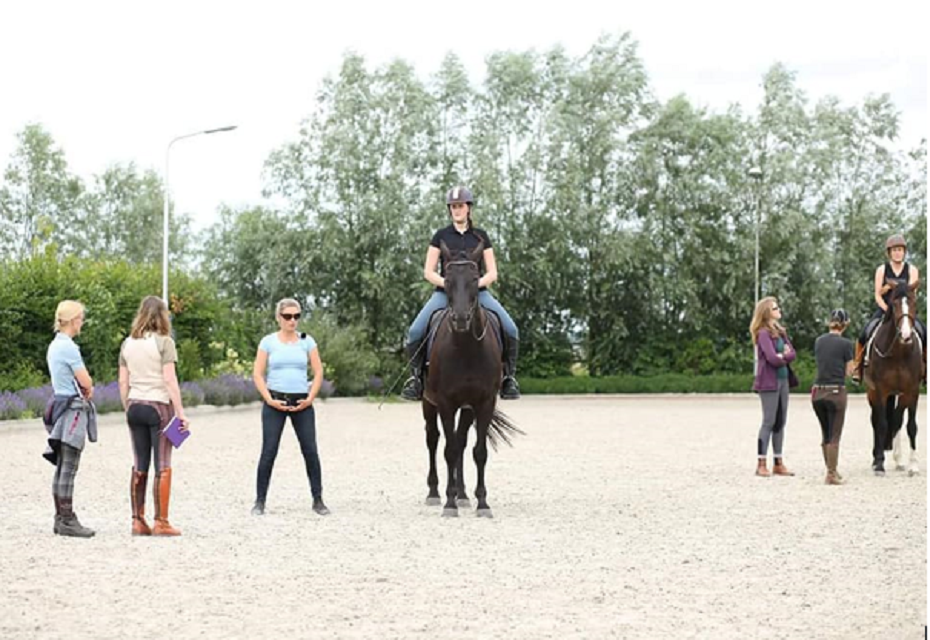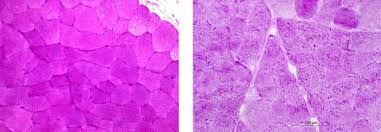
This is part 2 of a 4-part blog documenting a participant’s perspective of an Equitopia basic six-day training course, written by Hana Drahošová, from the Czech Republic. Hana is currently working as an IT Consultant but hopes to become a professional saddle fitter in the near future.
(Part 1 of this blog is at https://www.equitopiacenter.com/equitopia-training-1/)
BASIC TRAINING COURSE: DAY 2
On the second day, we started with a theoretical lesson with Dr. Karin Leibbrandt in the morning. She explained the basics of her method – Training in the Four Dimensions.
We learned methodologically the steps to determine horses’ movement and crookedness. Dr. Leibbrandt also talked about horse conformation, how it is changing due to breeding practices and what effect it has on today’s horses, their movement and overall health.

PUTTING THEORY INTO PRACTICE
After the theoretical lesson, we experimented with ‘side reins’, or more precisely how horses experience their use – most interesting stuff!
Later, Dr. Leibbrandt explained to us her method of LCRS (Line, Contact, Rhythm, Stability) and how to use it, and we then had our riding lessons where we were expected to use everything that we had just learned. We used the same format as the previous day – a few of us stayed on the ground and the rest stayed sitting on a horse.

Ground coaches had to determine horse’s crookedness according to LFCS and consult it with riders. All the same time, Dr. Leibbrandt was teaching both ground coaches and their “eyes” and riders. Riders were trying to feel the horse’s crookedness and also, they were trying to get the horses into vertical balance using Karin’s method. I was surprised how effective the method is despite the fact I am not a really good rider.
DEVELOPING NEW HABITS
After these lessons, I was overwhelmed by the amount of new information and the fact that I had to ‘rebuild’ my world, or more precisely most things that I thought were right, but they were not. But it doesn’t matter since during these two days, I have received explanations that make sense and produce results that actually work and have the horse’s welfare as a first priority.





